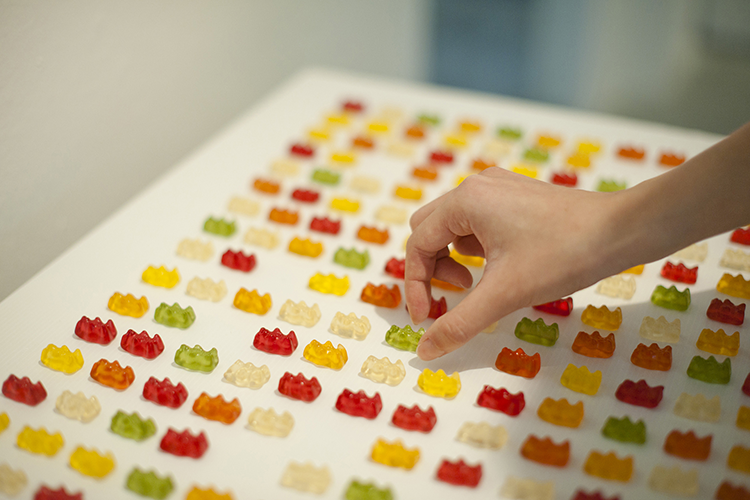
It is the simplest of features found on many food packaging. A tear, a jagged edge, or a perforated line—a godsend to anyone who has struggled to open a packet of chips. These designs conveniently replace the need for brute force, and are considerate gestures from food manufacturers that have thought carefully about how we eat.
Eating, or the journey that food takes to get into our mouths (and even within our bodies), is a logistical issue many of us take for granted. This global movement of crops and livestock, from a farm through a processing facility, to a market, into a kitchen, on a dining table, and finally, entering as food inside our stomachs, is one facilitated by design at every turn. We don’t have to travel far to see examples: start with the plate, spoon, and fork, on the dining table, the most ubiquitous tools the world eats with today. They stand in for our bare hands and function in ways we cannot. Plates divide food into portions, spoons let us sip hot soup, while forks help us pick out the tiniest of ingredients.